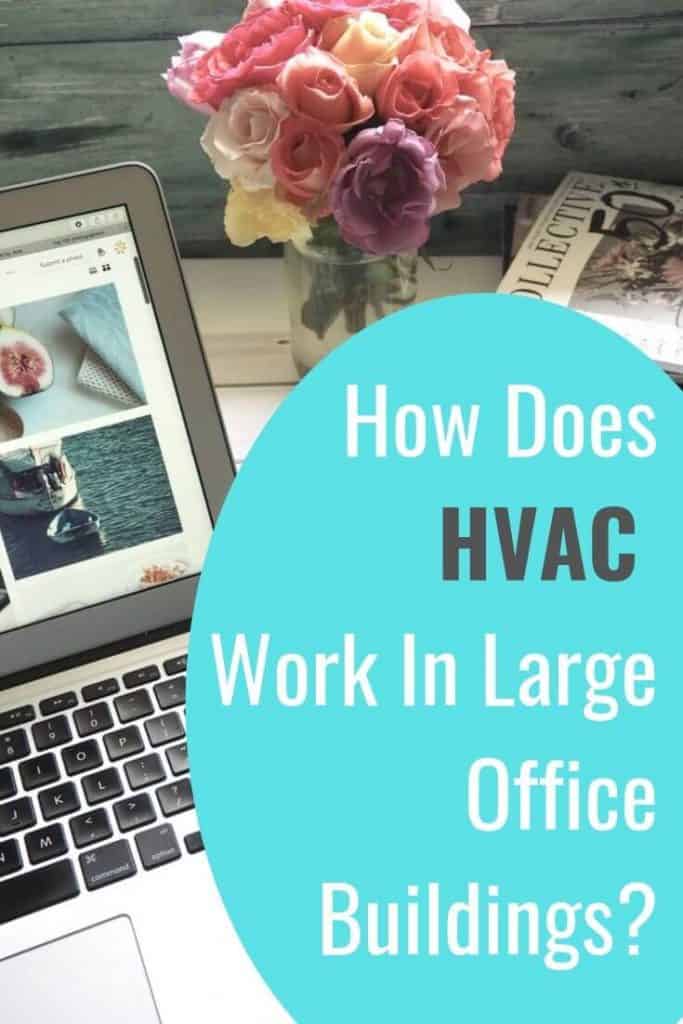Please note that this post “How Does HVAC Work in Large Office Buildings?” has been supplied by an outside source and I have been paid to publish it. I hope you find these tips helpful. See Disclosure Policy
You may not often wonder about how big buildings get heated. It isn’t at the forefront of anybody’s mind.
Until you find yourself moving from your modest-sized office into a much bigger one.
Suddenly you find yourself needing to know how these things work so you can choose the right system to heat and cool your new office space.
In this article, we will explain the different types of systems so you can understand who it will work once you’ve made the move.
Why the right HVAC matters
You may think that heating a building is the same as heating a house. The truth is that large buildings are far more complex and have different.
Because of the layout and the fact that there is a much higher square footage, the system needs to take various factors into account. Getting the wrong HVAC system for the building is a surefire way to waste money for your business.
Finding the right fuel supplier
Because a large building has special heating needs, it pays to have the right supplier. If the system uses heating oil, then industrial heating oil is needed.
Using industrial heating oil will be much cheaper and more effective than using the same type of fuel that is found in households. Luckily this fuel will work across many different systems that use diesel to burn their heating boilers.
Types of heating systems for commercial buildings
- Oil or gas steam heating – This style of heating goes back to the very early days of central heating. Oil or gas is used to heat water to create steam. The steam is then forced through pipes that travel throughout the building. This system worked well when oil cost a fraction of the price it does now. It has not aged well as it is very inefficient.
- Oil or gas water systems – Just like with the steam, this system uses the same process. The big difference is that it doesn’t boil water to create steam. It is only slightly more efficient as it doesn’t need to use as much fuel to make the water hot enough to heat a building.
- Natural energy systems – Geothermal is not available everywhere, but where it can be used, it is enjoyed for its efficiency. Using the heat from the earth it is then transformed and delivered throughout the building. The initial costs are high, but over time it is very cost effective.
- Heat pumps – This is a very ingenious way to heat a large area. It uses no fuel, so it is very cost effective. Like a reverse refrigerator, it extracts heat from the air and then distributes it across the building.
Summary
Before deciding on the right HVAC system it pays to do an energy audit of your business. At a time when the competition is high and you have to fight for every pound, saving money is a great way to stay competitive. And energy is the easiest way to cut costs.



